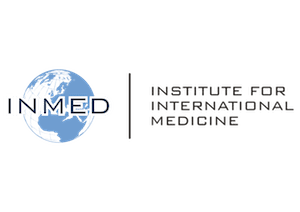Overview
Angola is a geographically beautiful nation in southern Africa that continues rebuilding from a forty-year civil war that ended in 2002. The life expectancy of Angolans is the very shortest of any nation on earth: just thirty-eight years. CEML Hospital is an important component of a comprehensive project to improve life in Angola via public health, agriculture, and medical care initiatives.
Dozens of healthcare professional learners have studied at CEML Hospital under the guidance of the largely Canadian, American and Angolan staff. Responsibilities allocated to students generally depend upon language skills and clinical experience. The staff is quite keen about teaching and allowing students to participate in procedures. Functionality in Portuguese or Spanish is useful in this setting, but not absolutely required.
